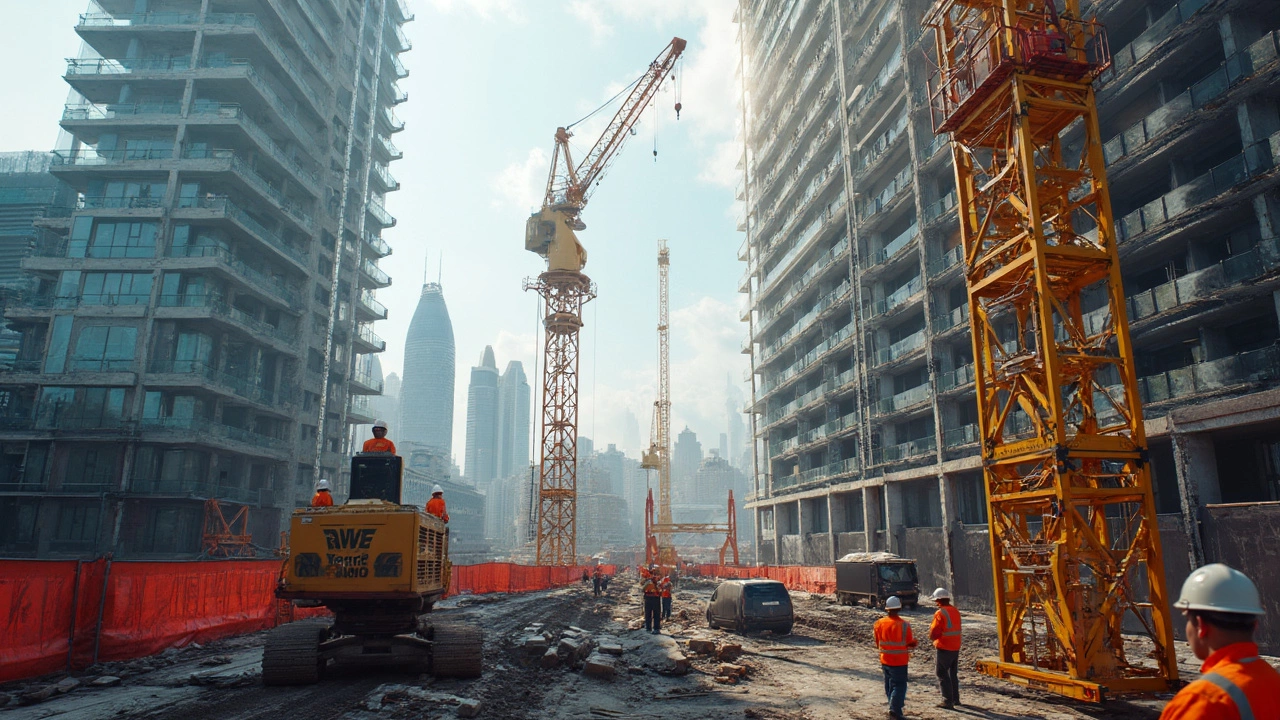Construction Policies: Key Rules for Every Building Project
When you start a build, you quickly realise it’s not just about choosing the right floor or paint colour. The real backbone of any project is the set of construction policies that dictate how work gets done. Ignoring them can lead to costly delays, fines, or unsafe spaces. This guide breaks down the most important policies you’ll face, why they matter, and how to stay on the right side of the law without a headache.
Health and Safety Regulations
First up, health and safety. In the UK, the Health and Safety at Work Act and the Construction (Design and Management) Regulations (CDM) are the go‑to rules. They force you to identify risks early, provide proper protective gear, and make sure everyone on site knows the safety plan. A simple tip: hold a short safety briefing each morning and keep a checklist of required equipment. It saves time, reduces accidents, and shows inspectors you’re serious about compliance.
Getting Permits and Meeting Building Standards
Next, you’ll need the right permits before any digging or wall‑going up. Planning permission, building control approval, and fire safety certificates are the usual suspects. The process can feel slow, but a tidy application with clear drawings cuts the waiting time. Make sure your designs meet the Building Regulations – things like insulation levels, ventilation, and structural load. If you’re unsure, a quick chat with a local council officer can clear up most questions.
Environmental policies are also climbing the priority list. The UK’s Net Zero goals mean new builds must consider energy efficiency and carbon impact. Using sustainable materials, installing high‑efficiency boilers, or adding solar panels can earn you credits and future‑proof your property. Many local authorities now offer incentives for green upgrades, so checking their websites early can pay off.
Another common stumble point is the timeline. Some policies require inspections at specific stages – foundation, rough‑in, final completion. Failing to schedule these can push your finish date weeks later. Keep a simple timeline that includes each required inspection and share it with your contractor. When everyone knows the checkpoints, you avoid surprise hold‑ups.
Finally, don’t overlook documentation. Every change, test result, and sign‑off should be recorded. Digital tools make this easy – take photos, upload PDFs, and keep a shared folder. Good records not only help you pass audits but also protect you if a dispute arises later.
Bottom line: construction policies may seem like paperwork, but they’re actually tools that keep projects safe, legal, and on budget. By staying ahead of health and safety rules, securing the right permits, embracing sustainability, planning inspections, and keeping solid records, you’ll navigate the process smoothly and finish with a space you can be proud of.
Commercial Construction: What's Covered?
- Gavin Whitaker
- |
- |
- 0
Commercial construction projects are complex, involving many moving parts. Understanding what is covered under commercial insurance is crucial for construction projects to avoid facing unexpected risks and financial setbacks. This guide explores the essential elements of commercial construction coverage, explaining necessary insurance, common exclusions, and risk management tips.
View more